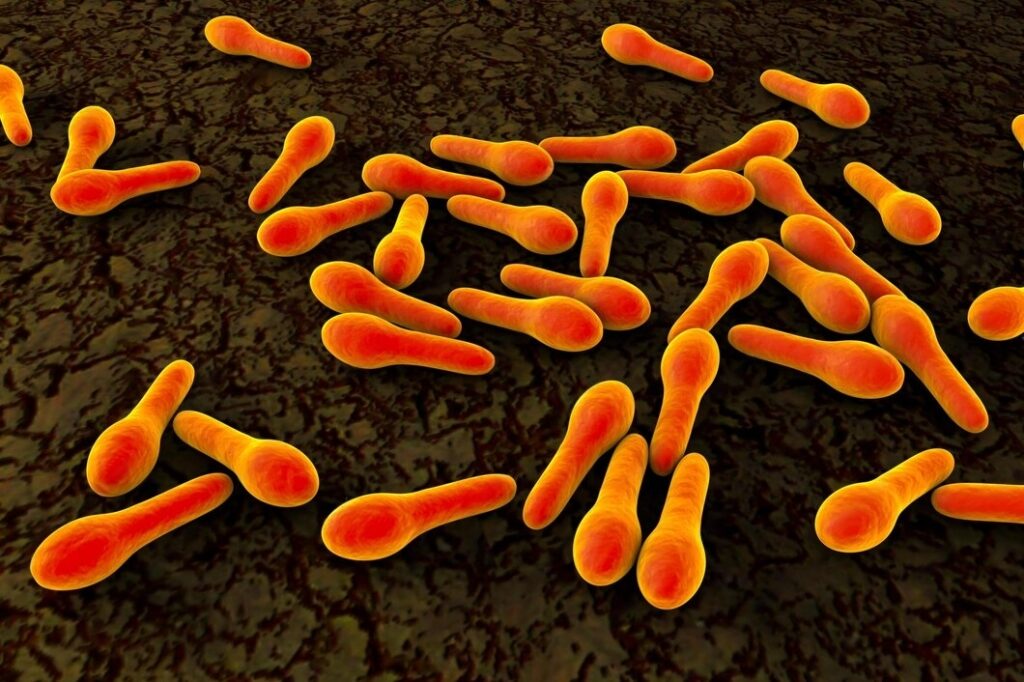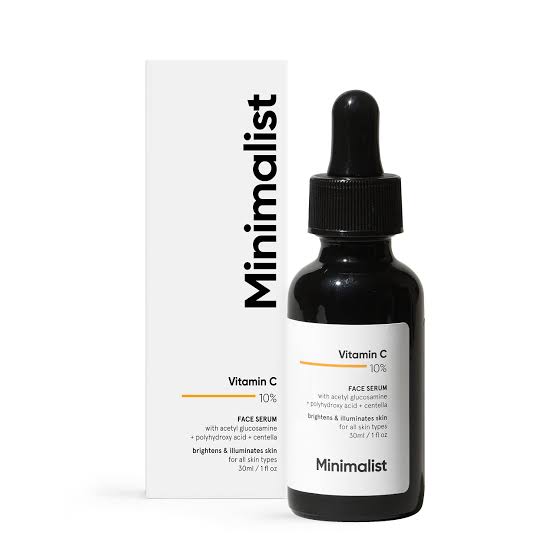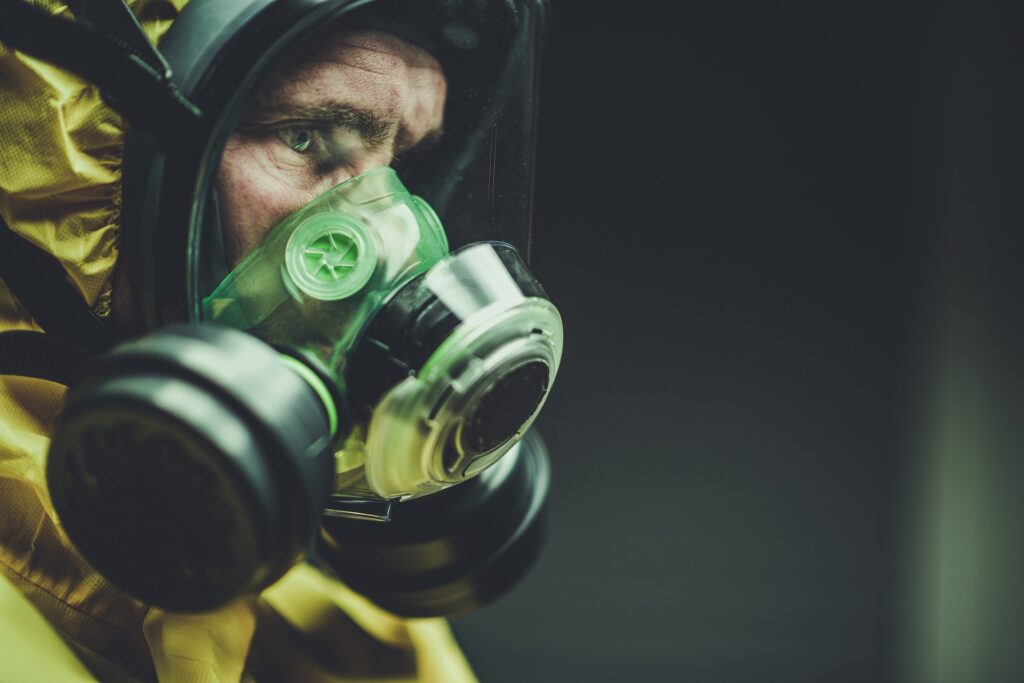Tetanus;
- Overview
- What is Tetanus?
- Cause:
- Pathophysiology of Tetanus:
- Entry of Clostridium tetani
- Production and Release of Toxins
- Effect on Nervous System
- Signs and Symptoms:
- Muscle Rigidity and Spasms
- Difficulty Swallowing and Breathing
- Autonomic Nervous System Disturbances
- Distinctive Positions: Ophisthotonus
- Additional Symptoms
- Stages:
- Types of Tetanus:
- 1. Generalized Tetanus
- 2. Localized Tetanus
- 3. Cephalic Tetanus
- 4. Neonatal Tetanus
- Risk Factors:
- Treatment:
- Treatment of Tetanus
- Prevention:
- Prognosis:
- Differential Diagnosis:
- summary:

Overview
Tetanus, a potentially fatal bacterial infection, remains a significant concern despite advances in modern medicine.
What is Tetanus?
Tetanus, also known as lockjaw, is caused by the bacterium Clostridium tetani. This bacterium thrives in environments with low oxygen levels, such as soil, dust, and manure. When it enters the body through a wound or cut, it releases toxins that affect the nervous system, leading to muscle stiffness and spasms.
Cause:
Tetanus typically occurs when C. tetani spores enter the body through puncture wounds, burns, or contaminated objects. Rusty nails and dirty wounds are common sources of tetanus infection. Additionally, surgical procedures conducted under unhygienic conditions can increase the risk of tetanus.
Pathophysiology of Tetanus:
Tetanus, a potentially deadly bacterial infection, develops through a complex pathophysiological process involving the bacterium Clostridium tetani and its neurotoxin.
Entry of Clostridium tetani
- Introduction to the Body:
- Clostridium tetani, commonly found in soil, enters the body through open wounds, cuts, or puncture wounds.
- The bacterium thrives in environments with low oxygen levels, such as deep wounds or those contaminated with dirt or fecal matter.
Production and Release of Toxins
- Toxin Production:
- Once inside the body, Clostridium tetani begins to proliferate and produce potent neurotoxins known as tetanospasmin and tetanolysin.
- These toxins are released as the bacteria multiply, with tetanospasmin being the primary toxin responsible for the characteristic symptoms of tetanus.
Effect on Nervous System
- Neurotoxic Effects:
- Tetanospasmin travels through the bloodstream and lymphatic system, ultimately reaching nerve endings.
- It binds to receptors on inhibitory neurons, blocking the release of neurotransmitters such as gamma-aminobutyric acid (GABA) and glycine.
- This blockade leads to muscle contractions and spasms characteristic of tetanus.
• Impact on Muscles:
- The unopposed action of excitatory neurotransmitters leads to sustained muscle contractions, starting with the muscles closest to the site of infection.
- Muscles responsible for chewing, swallowing, and breathing are particularly affected, resulting in symptoms like lockjaw (trismus), difficulty swallowing (dysphagia), and respiratory compromise.
• Spreading of Toxins
- Spread of Toxins:
- Tetanospasmin can travel retrogradely along nerve fibers, reaching the central nervous system (CNS) and spinal cord.
- Once in the CNS, the toxin disrupts inhibitory control, leading to widespread muscle spasms and rigidity throughout the body.
• Immune Response
- Immune Reaction:
- In response to the presence of C. tetani and its toxins, the body mounts an immune response, attempting to neutralize the bacteria and clear the toxins.
- However, the toxins’ potent effects often overwhelm the body’s defenses, leading to the persistence of symptoms and progression of the disease.
Signs and Symptoms:
Tetanus, also known as lockjaw, presents a spectrum of symptoms, ranging from muscle stiffness to severe muscle spasms.
Muscle Rigidity and Spasms
- Lockjaw (Trismus):
- One of the hallmark signs of tetanus, lockjaw refers to sustained contraction of the jaw muscles, making mouth opening challenging.
- Generalized Muscle Stiffness:
- Tetanus often induces stiffness in various muscle groups, notably the neck, abdomen, and back, resulting in reduced flexibility and discomfort.
- Muscle Spasms:
- As tetanus progresses, muscle spasms intensify, triggered by stimuli like touch or sudden movements, leading to uncontrollable jerking motions.
Difficulty Swallowing and Breathing
- Dysphagia (Difficulty Swallowing):
- Affected individuals experience difficulty swallowing due to impaired muscle coordination, increasing the risk of choking and malnutrition.
- Respiratory Complications:
- In severe cases, tetanus affects respiratory muscles, causing shallow breathing, shortness of breath, or respiratory failure, necessitating urgent medical intervention.
Autonomic Nervous System Disturbances
- Excessive Sweating (Diaphoresis) and Tachycardia:
- Tetanus disrupts the autonomic nervous system, resulting in profuse sweating and a rapid heart rate, often accompanying muscle spasms.
Distinctive Positions: Ophisthotonus
- Ophisthotonus:

- A characteristic feature of severe tetanuss, ophisthotonus refers to an extreme arching of the back due to intense muscle contractions, creating a bowed or arched posture.
Additional Symptoms
- Fever:
- While not always present, some individuals may develop a low-grade fever, typically indicating secondary complications rather than the primary infection.
Stages:
Tetanuss typically progresses through three stages:
- Incubation Period: The period between infection and the onset of symptoms, ranging from a few days to several weeks.
- Spasmodic Stage: Characterized by severe muscle spasms, particularly in the jaw muscles, which may lead to difficulty opening the mouth or swallowing.
- Recovery Stage: With appropriate treatment, symptoms gradually improve. However, recovery can be slow and may require weeks or even months.

Minimalist 10% Vitamin C Face Serum for Brightening
Types of Tetanus:
Tetanus manifests in various forms, each with its unique characteristics and clinical presentations.
1. Generalized Tetanus
- Overview:
- Generalized tetanuss is the most common form, accounting for the majority of tetanuss cases.
- It typically presents with muscle stiffness, spasms, and other systemic symptoms affecting multiple muscle groups.
- Symptoms:
- Lockjaw (trismus)
- Muscle stiffness and rigidity
- Muscle spasms, especially in the jaw, neck, and back
- Difficulty swallowing (dysphagia) and breathing
2. Localized Tetanus
- Overview:
- Localized tetanuss is characterized by muscle stiffness and spasms confined to the area near the site of the wound or injury.
- Symptoms are usually milder compared to generalized tetanus and may not progress to involve other muscle groups.
- Symptoms:
- Muscle stiffness and spasms localized to the vicinity of the wound
- Limited involvement of adjacent muscle groups
- Absence of systemic symptoms seen in generalized tetanuss
3. Cephalic Tetanus
- Overview:
- Cephalic tetanuss is a rare form of the disease that affects the cranial nerves, particularly those controlling facial muscles.
- It typically occurs following head trauma or injury to the face and may present with symptoms similar to those of generalized tetanus.
- Symptoms:
- Facial muscle stiffness and spasms
- Difficulty in facial expressions (risus sardonicus)
- Difficulty swallowing and speaking
4. Neonatal Tetanus
- Overview:
- Neonatal tetanuss occurs in newborns due to contamination of the umbilical stump, typically in unhygienic delivery or postnatal care settings.
- It poses a significant risk to newborns in regions with limited access to healthcare and inadequate tetanus vaccination coverage among pregnant women.
- Symptoms:
- Poor feeding and sucking reflex
- Muscle stiffness and spasms
- Difficulty breathing
Risk Factors:
Several factors increase the risk of tetanus infection, including:
- Inadequate immunization: Individuals who have not received the tetanuss vaccine or have not kept their vaccinations up to date are at higher risk.
- Wound contamination: Deep puncture wounds, burns, and injuries contaminated with soil or animal feces are more likely to lead to tetanuss infection.
- Poor wound care: Failing to clean and properly dress wounds increases the risk of bacterial infection, including tetanuss.
Treatment:
Tetanus, a potentially life-threatening bacterial infection, requires a comprehensive approach to both treatment and prevention.
Treatment of Tetanus
- Tetanus immune Globulin (TIG):
- Administered to neutralize tetanuss toxin and prevent its further effects on the nervous system.
- Provides immediate passive immunity to individuals at risk of developing tetanuss.
- Antibiotics:
- Prescribed to eradicate Clostridium tetani bacteria and prevent the production of additional toxin.
- Commonly used antibiotics include penicillin, metronidazole, and tetracycline.
- Muscle Relaxants:
- Medications such as diazepam or baclofen are used to alleviate muscle spasms and stiffness.
- These drugs work by enhancing the inhibitory effects of neurotransmitters in the central nervous system.
- Supportive Care:
- Respiratory support, including mechanical ventilation, may be necessary in severe cases to maintain adequate oxygenation.
- Wound care to prevent secondary infections and promote healing.
Prevention:
- Vaccination:
- Routine immunization with the tetanuss toxoid vaccine is the most effective way to prevent tetanus.
- The vaccine is typically administered as part of the childhood vaccination schedule and requires booster doses every 10 years for ongoing protection.
- Pregnant women should receive the tetanuss toxoid vaccine during each pregnancy to prevent neonatal tetanuss.
- Proper Wound Care:
- Thoroughly clean and disinfect all wounds, especially those contaminated with soil, dirt, or fecal matter.
- Promptly seek medical attention for deep puncture wounds, burns, or injuries that may increase the risk of tetanus infection.
- Tetanus vaccination may be recommended for individuals with tetanuss-prone wounds who are not up to date with their immunizations.
- Post-Exposure Prophylaxis:
- Individuals who sustain tetanuss-prone wounds and are not fully immunized should receive tetanuss toxoid vaccine and tetanus immune globulin (TIG) as soon as possible after injury.
- This post-exposure prophylaxis helps prevent the development of tetanuss infection.
Prognosis:
The prognosis for tetanuss varies depending on the severity of the infection and the timeliness of treatment. With prompt medical intervention, many individuals recover fully. However, severe cases can result in complications such as pneumonia, fractures, and even death.
Differential Diagnosis:
Tetanuss shares symptoms with other conditions, including:
- Rabies: Both diseases can cause muscle stiffness and spasms.
- Meningitis: Fever, headache, and muscle rigidity are common symptoms of both tetanuss and meningitis.
- Botulism: Another bacterial infection that can cause muscle weakness and paralysis.
summary:
Tetanus remains a serious health concern, but with proper vaccination and wound care, its incidence can be significantly reduced.
• Read more:

